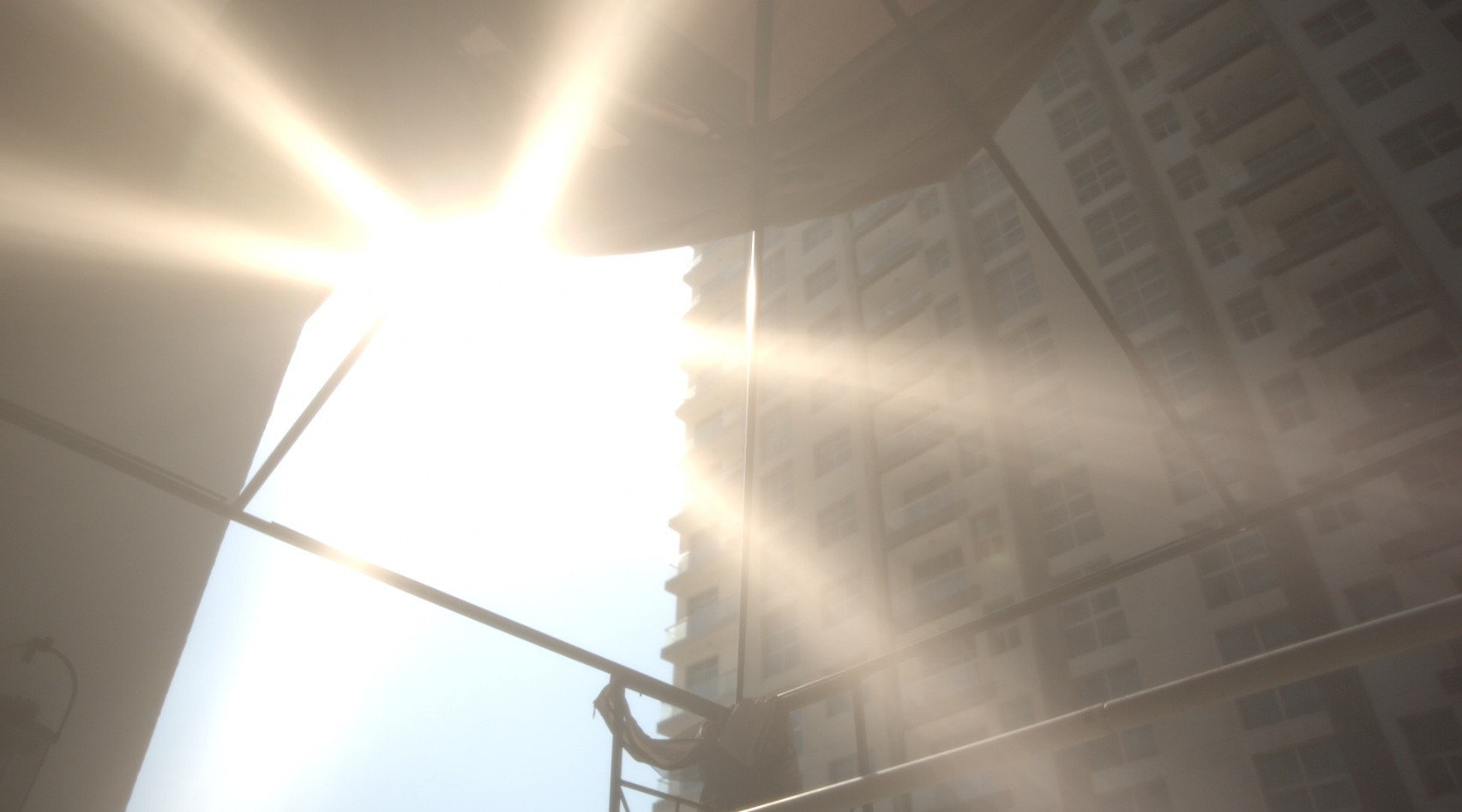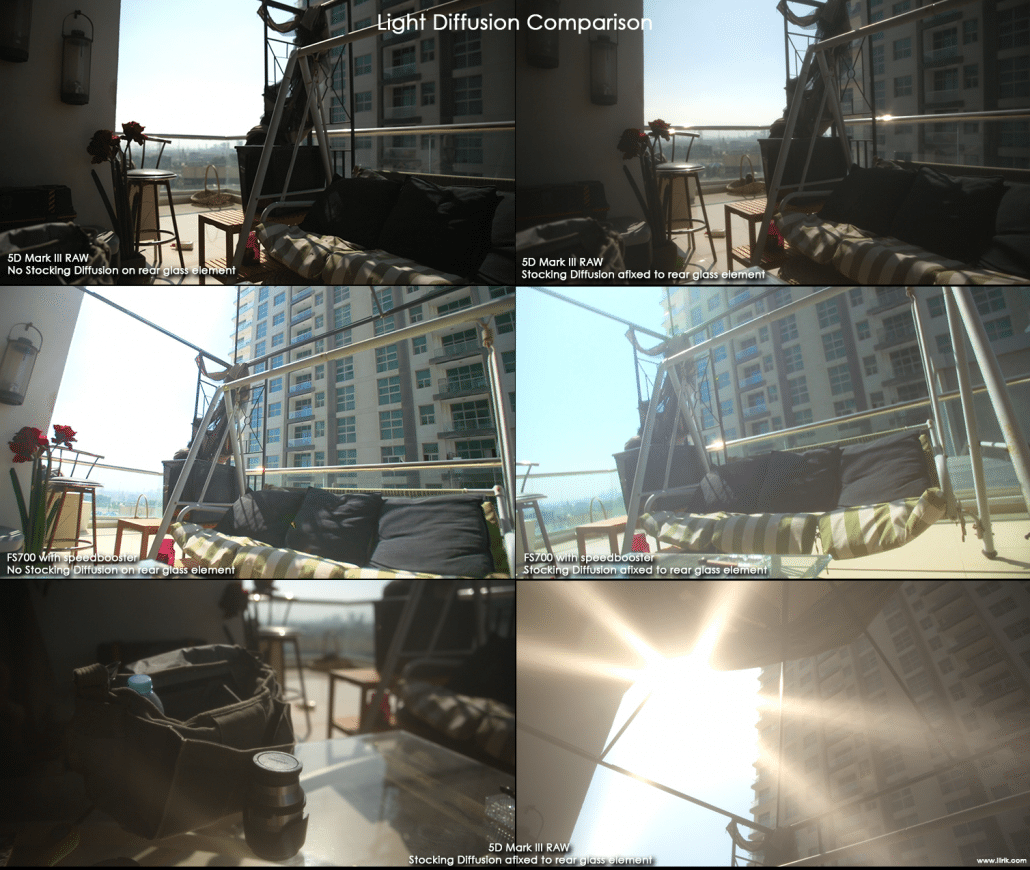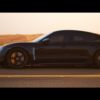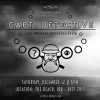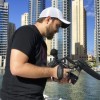Since the literature is pretty sparse on this (aside from a great article by Shane Hurlbut, found here), I decided to just try it out myself.
I wasn’t sure how all this would work on stock photo lenses, instead of cinema lenses. The rear glass element on EF mount is very different than PL lenses. You also get a gap with internal zooming ones (like my favourite, the EF 16-35mm).
How the camera codecs would react to the light and detail was also a mystery, as the only examples I found were on higher spec’d cameras.
Anyhow, this is a pretty quick test for those that have wondered this like me. An image comparison is below.
Here’s what I found:
- You don’t NEED to use any affixing tape or glue.I went with tan coloured stockings to give it a slightly warmer look. But any color would work.
- I was able to simply hold it in place while attaching to the mount. Took a few tries though to keep it tight.
- Be sure the stockings are pretty tight. My first few goes looked really bad and the footage looked terrible.
- No matter how tight you make it, you WILL lose any electronic control.
- Things like aperture, and on sony powered focus lenses, no more focus.
- You’ll have to set the aperture beforehand.
- AVCHD is pretty bad at making it worth it. You’ll get a muddy image (not just soft).
- the upside I found though is a perceived increase in dynamic range… look at the fs700, you can actually see the color of the sky.
- You really cannot match this look digitally in grading. I’ve been trying for years. You can get close, but still not quite right.


